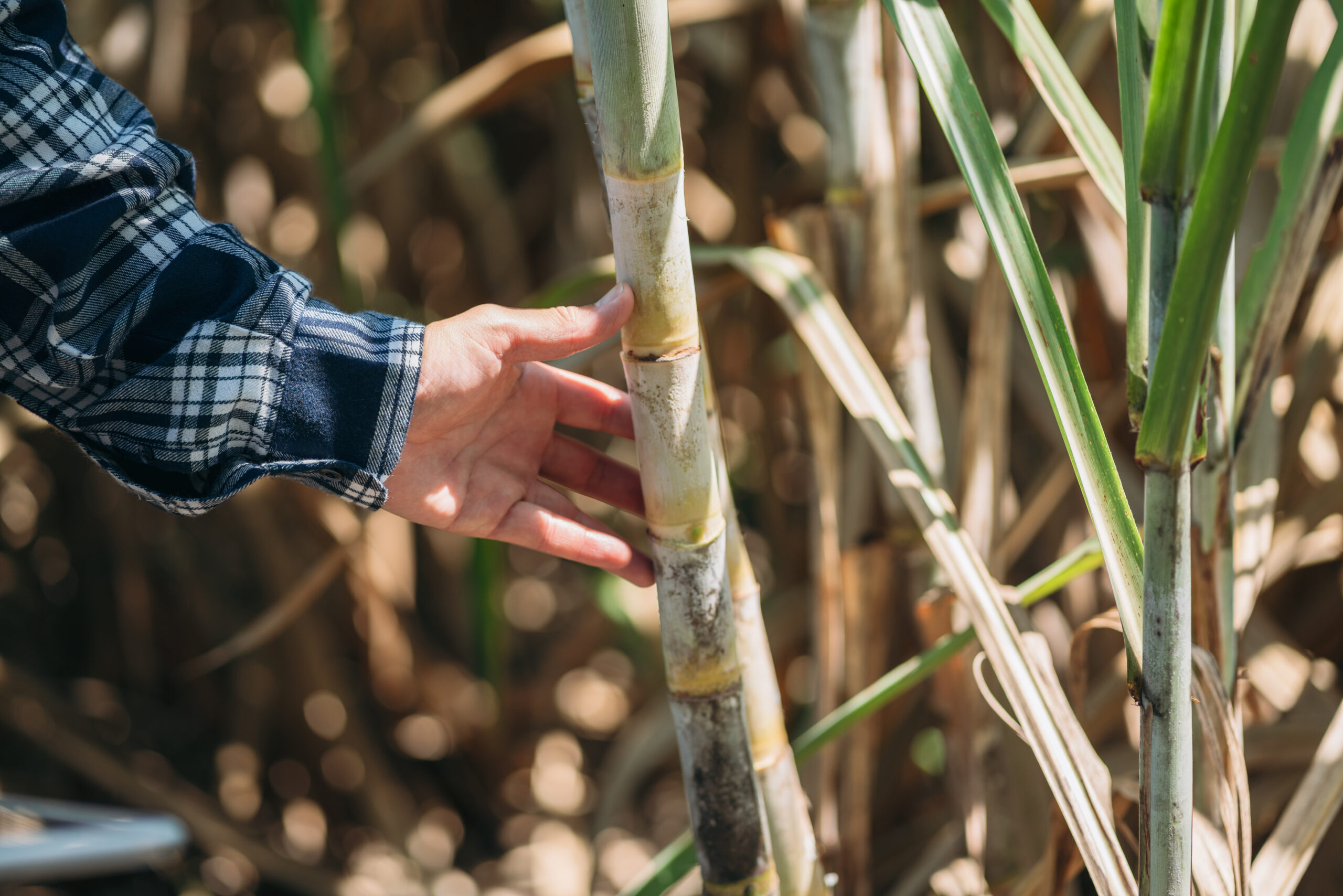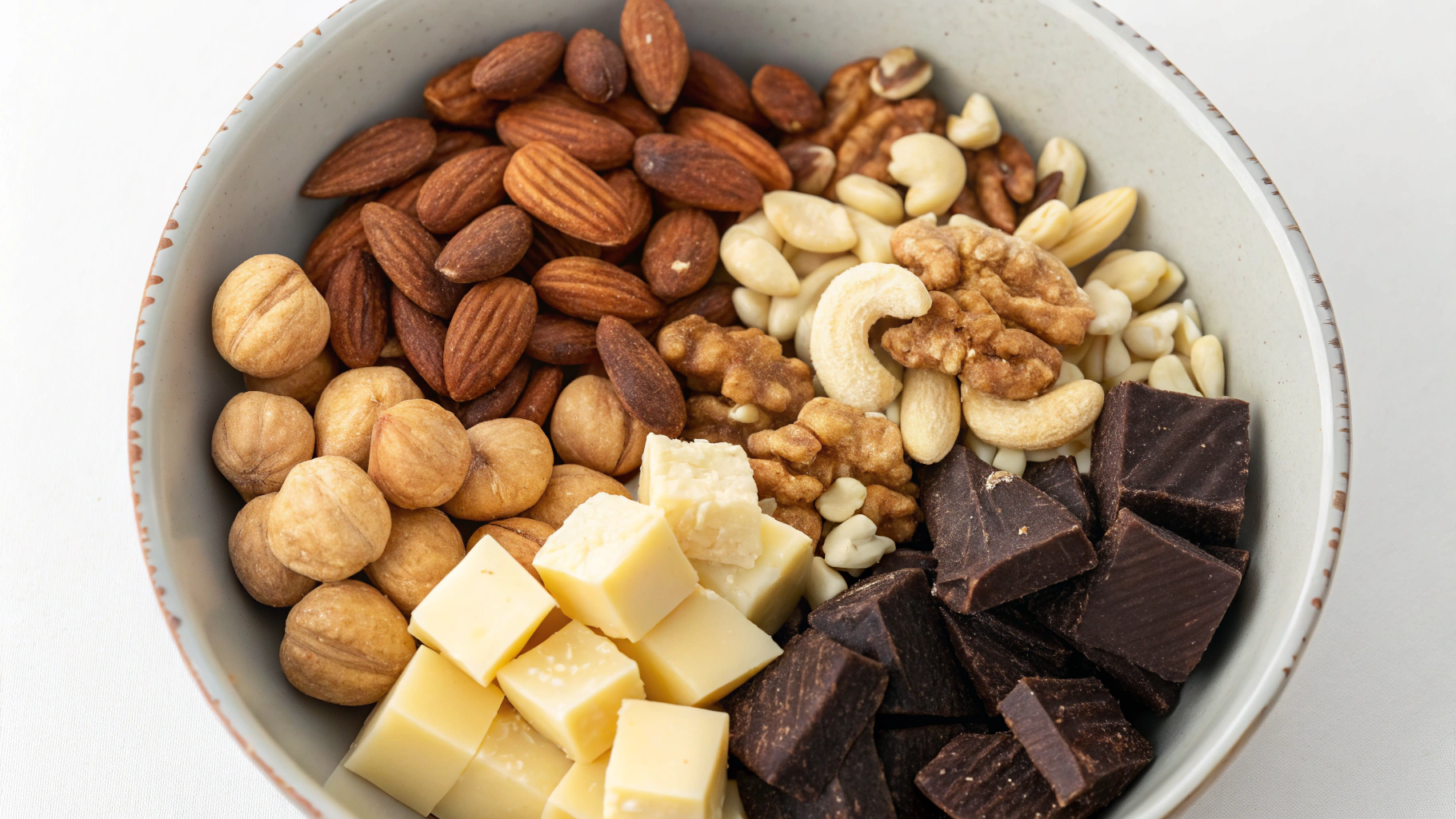Have you ever sipped on a refreshing glass of sugarcane juice and wondered, “Wait… is sugarcane a fruit?” It’s sweet, juicy, and delicious—just like many of our favorite fruits. So it’s a fair question, especially when we usually associate sweetness with things that grow on trees or vines and end up in fruit baskets.
But sugarcane might surprise you. Despite its sugary goodness, it doesn’t fit the typical fruit profile. In fact, sugarcane belongs to an entirely different plant category—one you probably walk past without a second thought. Let’s break down what sugarcane really is and answer the question: Is sugarcane a fruit or not?
What Makes a Fruit a Fruit? Understanding the Basics
To figure out is sugarcane a fruit, we need to understand how fruits are classified in the first place. In botanical terms, a fruit is the mature ovary of a flowering plant, typically containing seeds. Fruits develop from flowers and play a vital role in plant reproduction by spreading seeds.
That means your favorite apples, oranges, mangoes, and even cucumbers are technically fruits because they grow from flowers and house seeds. On the flip side, parts of plants like roots (carrots), leaves (lettuce), and stems (celery) aren’t considered fruits because they don’t meet that seed-and-flower requirement.
This difference between how science classifies plants and how we use them in the kitchen often causes confusion. Something might taste sweet like a fruit—but in botany, it’s all about where it grows from and how.
So, What Exactly Is Sugarcane?
Let’s get to the star of the show: is sugarcane a fruit or a stem? Sugarcane is a tall, juicy plant that belongs to the grass family (Poaceae)—the same family as wheat, maize, and bamboo. It grows in tropical climates and can reach heights of 10 to 20 feet, with long, thick stalks that hold its signature sweet juice.
Here’s the key: sugarcane is not a fruit—it’s a stem. Specifically, it’s a type of modified stem called a culm. The part we chew or squeeze for juice is the inner stalk, where the plant stores sugar. Sugarcane doesn’t grow from flowers in the way fruits do, and it doesn’t contain seeds for reproduction.
In fact, sugarcane is propagated through cuttings of the stem, not by planting seeds. Farmers cut the stalk into sections with nodes (called “setts”), plant them, and let new shoots grow from there. This is known as vegetative reproduction, which is common for grasses but not typical for fruits.
So while sugarcane might look and taste like it belongs in the fruit category, it’s botanically a stem crop—no seeds, no fruit, just lots of sugary goodness stored in the stalk.
Common Misconceptions: Why People Think Sugarcane is a Fruit
With its sweet flavor and juicy texture, it’s easy to see why so many people ask, “Is sugarcane a fruit?” After all, we’re used to associating anything sweet and juicy with fruits—especially when it’s served fresh, sold by street vendors, or blended into a refreshing drink.
One major reason for the confusion is the way we consume sugarcane. Unlike many vegetables or grains, sugarcane is often chewed like a snack. The moment you bite into it and taste that sweet juice, your brain automatically puts it in the “fruit” category. And when you see sugarcane juice being served chilled in a cup, it doesn’t help—after all, it looks just like any other fruit juice.
Another reason? Most people aren’t familiar with how plants are classified. We rarely think about what part of the plant we’re eating—whether it’s the root, stem, leaf, or fruit. For example, we eat potatoes (a tuber, or underground stem), but nobody calls them fruits. Sugarcane is similar: it’s a stem, but because we don’t see the whole plant, it’s easy to mislabel it.
So next time someone asks, “Is sugarcane a fruit?” you’ll know exactly why it feels like a fruit but isn’t one at all. It’s a delicious, energy-packed stem—and that makes it even more fascinating!
Fun Facts About Sugarcane That Might Surprise You
Now that we’ve answered the question “Is sugarcane a fruit?” (spoiler: it’s not!), let’s take a moment to appreciate how fascinating this plant really is. Sugarcane might not be a fruit, but it definitely has some fruity perks—and an impressive resume to go with them.
🌿 It’s One of the World’s Largest Crops: Sugarcane is grown in over 90 countries, including Brazil, India, Thailand, and China. It’s responsible for producing around 80% of the world’s sugar supply. That’s a lot of sweetness coming from one type of grass!
🔥 It’s Used for More Than Just Sugar: Besides table sugar and juice, sugarcane is used to make ethanol, a type of biofuel that powers vehicles. It’s also used in the production of paper, alcohol (like rum), jaggery (a natural sweetener), and even biodegradable packaging.
🌱 It’s a Sustainable Plant: Since sugarcane is grown from stem cuttings and doesn’t require replanting every season, it’s considered a sustainable crop. Plus, after the juice is extracted, the leftover pulp (called bagasse) is used as fuel or to make eco-friendly products.
🧬 It’s Cloned, Not Grown from Seeds: As we mentioned earlier, sugarcane is grown using sections of the stem. This means every sugarcane field is basically filled with cloned plants—genetically identical copies of one another. That’s one smart plant!
So even though the answer to “Is sugarcane a fruit?” is no, sugarcane earns its place as a plant powerhouse in the food world. From fueling your body to fueling machines—it’s more than meets the eye!
Conclusion: So, Is Sugarcane a Fruit or Not?
After digging into the science and the plant structure, we can confidently say: sugarcane is not a fruit. Even though it’s sweet, juicy, and often consumed like fruit, it doesn’t meet the botanical criteria. Instead, sugarcane is a stem—a tall, fibrous stalk that stores natural sugars and grows through a process called vegetative propagation.
So the next time someone wonders “Is sugarcane a fruit?”, you’ll have the answer ready—and a few fun facts to go along with it. Understanding how plants are classified not only clears up confusion, but it also helps us appreciate the natural world a little more. Whether it’s a fruit, a root, or a stem, every part of a plant has a story—and sugarcane’s is definitely one of the sweetest.





